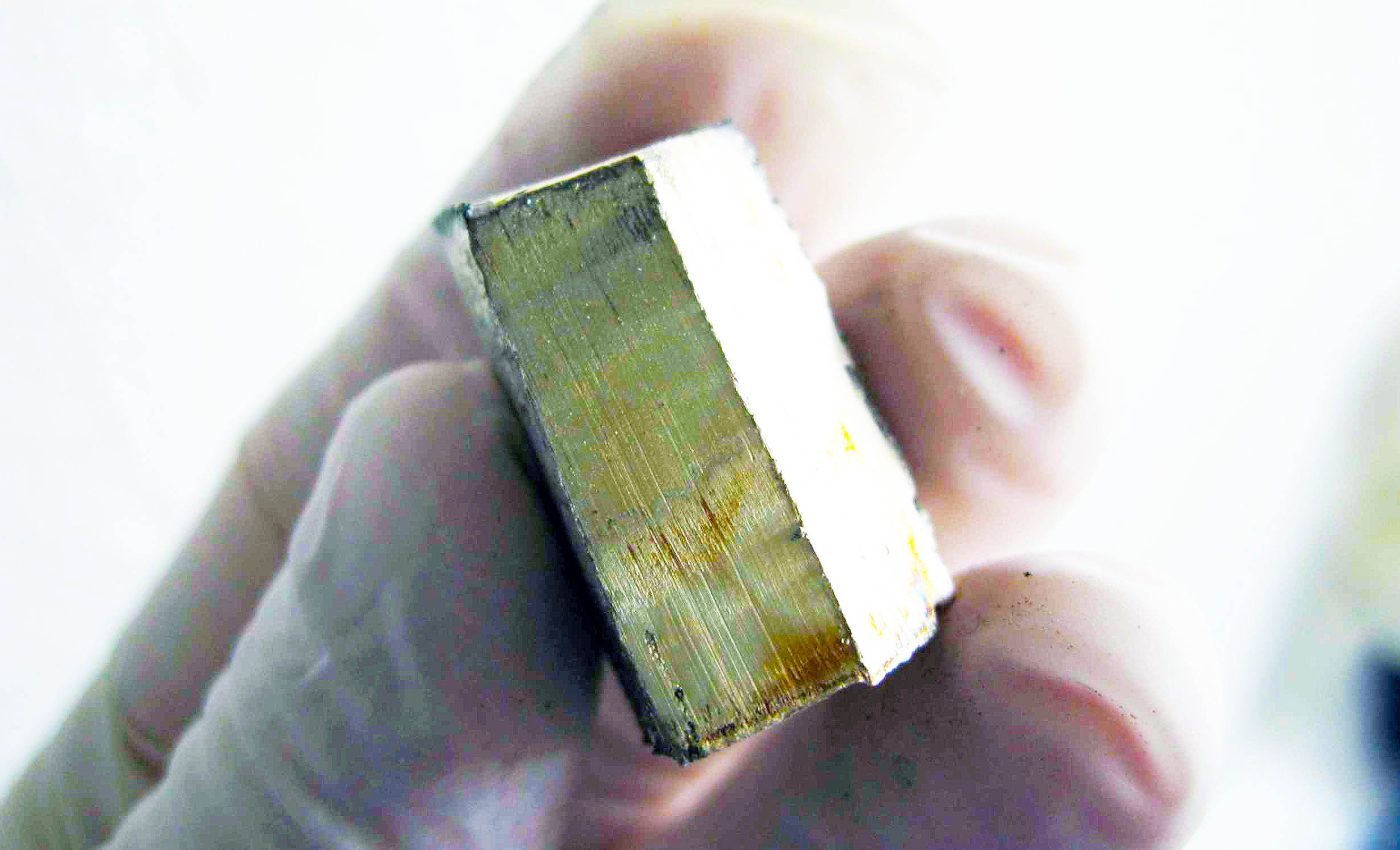
Scientists extract 99% of lithium from rocks using a simple water solution
Phones, laptops, and electric cars all run on a single silvery metal that is tough to get out of the ground. Conventional techniques roast lithium-rich rocks at blast-furnace temperatures, soak them in acid, and burn through hours of energy, cash, and time.
Now, researchers say there is a simpler, faster route that works with little more than water and a pantry-grade chemical.
Why rock lithium is hard to get
“Lithium powers the technologies that define our modern lives, but its extraction must also be environmentally responsible,” explained Mohammad Rezaee of Penn State, who leads the team behind the new process.
Most of the world’s lithium comes from soft brines or from the hard mineral spodumene, but the latter only releases the metal after it has been heated to about 2,030°F and then baked in sulfuric acid at 482°F, an energy- hungry routine that dates back decades.
The United States, which holds sizable reserves, still imports roughly 97% of its lithium chemicals from Chile and Argentina, largely because domestic rock based extraction struggles to compete with cheaper brine supplies.
High heat not only inflates cost, it also drives up greenhouse gas emissions; a life cycle analysis shows calcining spodumene accounts for more than half of the climate footprint of hard-rock lithium extraction.
Simpler recipe using sodium hydroxide
Rezaee’s group swaps sulfuric acid for sodium hydroxide, the caustic yet common compound found in household drain cleaners.
When finely ground ore is mixed with sodium hydroxide and warmed to a relatively mild 617°F, the mineral lattice rearranges into lithium-sodium silicate, a form that dissolves in room-temperature water in about sixty seconds.
“It uses common materials like sodium hydroxide and water, and it operates at much lower temperatures than traditional techniques,” Rezaee said, emphasizing that the reaction also skips the acid neutralization step required in standard flowsheets.
Because the solution that comes out of the leach tank is already basic, technicians can add a simple precipitant, often sodium carbonate, to pull out battery-grade lithium carbonate without wrangling pH swings.
Getting lithium from rocks in minutes
Bench trials showed the two- stage roast- and- leach scheme pulls more than 99% of the lithium from spodumene in just a few minutes, beating the 96% recovery typical of legacy routes that need four hours or more.
Microwave heating trims the roast time even further, raising the prospect of continuous flow reactors that could slot into existing refineries with minimal retrofits.
The same chemistry works on lepidolite, a lithium-rich mica, and on certain clay deposits, and it also liberates rubidium and cesium, two critical elements used in space propulsion and atomic clocks.
By eliminating high-temperature kilns and sulfuric acid plants, the method can slash energy demand by up to 60% and cut solid-waste volumes nearly in half, according to preliminary mass-balance modeling by the team.
“What makes this approach especially promising is its compatibility with existing industrial infrastructure,” Rezaee noted, pointing out that many mines already handle sodium hydroxide for ore pH control.
Climate and community payoffs
Lower heat means lower emissions. Using the new flowsheet, a mid-size refinery could avoid roughly 15,000 tons of carbon dioxide each year, comparable to taking 3,200 gasoline cars off the road, while also sidestepping the wastewater challenges tied to sulfuric acid debris.
Water use drops as well, because there is no multi-month evaporation pond and no need for repeated washing cycles to strip acid-soaked gangue.
Communities near proposed U.S. lithium mines, often wary of heavy water draws, may find a process that relies on short, closed- loop leaching easier to accept.
Meanwhile, the International Energy Agency warns that global lithium demand could jump more than fivefold by 2030 under announced climate pledges.
Streamlined rock processing could keep supply closer to demand without leaning so heavily on a single region or extraction style.
Scaling up and what comes next
Penn State has secured a patent on the flowsheet and is now working with industry partners to build a pilot plant capable of treating a few tons of ore per day.
Early engineering studies suggest that retrofitting an idle spodumene kiln with sodium hydroxide roasters would cost a fraction of installing new acid-bake lines, mainly because it avoids exotic corrosion-resistant alloys.
Further research aims to automate the microwave stage, optimize reagent recycling, and test how impurities such as iron and magnesium behave under the milder conditions.
If all goes well, a full-scale facility could start feeding lithium into North American battery plants before the end of the decade, trimming both transport miles and geopolitical risk.
The study is published in Chemical Engineering Journal.
—–
Like what you read? Subscribe to our newsletter for engaging articles, exclusive content, and the latest updates.
Check us out on EarthSnap, a free app brought to you by Eric Ralls and Earth.com.
—–













